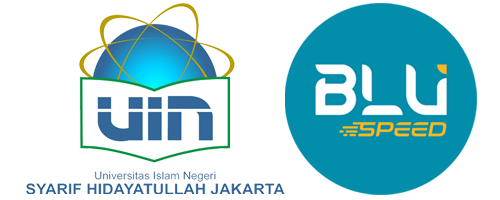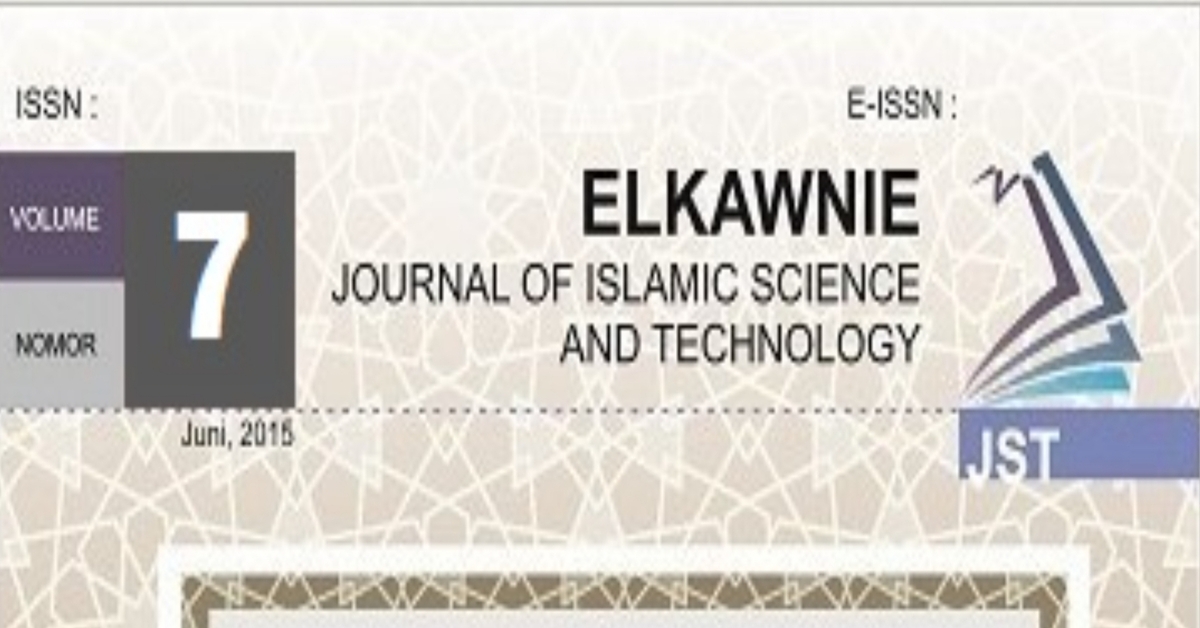Research Article Review: Collaboration between Trigona Honey and Namnam Leaves as a Natural Alternative to Prevent Cancer
Ciputat, UIN Online News – Honey has long been recognized as a natural ingredient with numerous health benefits. Meanwhile, namnam leaves (Cynometra cauliflora), a unique tropical plant, are gaining attention for their antioxidant content. Several studies indicate the potential of both as sources of antioxidants and as chemopreventive agents. This finding marks the starting point for researchers from UIN Jakarta's Faculty of Science and Technology (FST) in exploring the synergy of honey and namnam leaves.
In their article titled "Isolation and Cytotoxic Activity of the β-Carotene Combination of Trigona Honey and Namnam Leaves Extract (Cynometra cauliflora)," the researchers investigated the cytotoxic activity (ability to kill cells) of a combination of these two natural ingredients. Their goal was to find an alternative chemopreventive agent (for cancer prevention) that is natural, effective, and safer.
Synergy of Two Natural Ingredients
The research focused on β-carotene, a potent antioxidant compound abundantly found in orange-colored vegetables and fruits. β-carotene is known to play a role in protecting cells from oxidative damage, which is a primary cause of cancer.
Extraction was performed from namnam leaves using methanol, then combined with Trigona honey in a 1:1 ratio. Subsequently, the β-carotene compound was isolated using chromatography methods and tested for its cytotoxic activity.
Promising Findings
The results were quite astonishing. The combination of honey and namnam extract showed higher cytotoxic activity compared to each ingredient separately. A Brine Shrimp Lethality Test showed an LC50 (lethal concentration 50%) of 168.2 ppm for the combination, an increase of about 36.6% from initial results.
Furthermore, the pure β-carotene isolate obtained from this combination even showed the highest activity with an LC50 of 22.85 ppm. This figure is better than the synthetic β-carotene standard, which only recorded an LC50 of 33.62 ppm. This indicates that natural β-carotene from honey and namnam leaves has significant cytotoxic potential.
This finding opens up great opportunities for the development of natural ingredient-based products for cancer prevention. Given the severe side effects of conventional cancer therapies, chemopreventive options from natural ingredients become a promising alternative.
Reflecting on this research, Indonesia's local biodiversity holds immense potential for exploration. Trigona honey, produced by stingless bees, and namnam leaves are local ingredients that have not been extensively utilized in the medical world to their full potential. This research is relevant for healthcare professionals as a basis for educating on alternative, safer, natural ingredient-based cancer prevention. For herbal medicine and supplement industry players, the discovery of β-carotene from Trigona honey and namnam leaves opens up opportunities for developing valuable local chemopreventive products.
Research Title: Isolation and Cytotoxic Activity of the β-Carotene Combination of Trigona Honey and Namnam Leaves Extract (Cynometra cauliflora) Journal Publication: Sinta 2, Elkawnie: Journal of Islamic Science and TechnologyAuthors: Ahmad Fathoni, La Ode Sumarlin, Fuady Hanief, and Dede Sukandar Article Link: https://journal.uin-alauddin.ac.id/index.php/elkawnie/article/view/23539
Research Article Review is a review of research journal articles written by lecturers at UIN Jakarta that discuss current issues close to the community as recommendations or case studies on social phenomena.
Public Information and Humas Center UIN Jakarta

